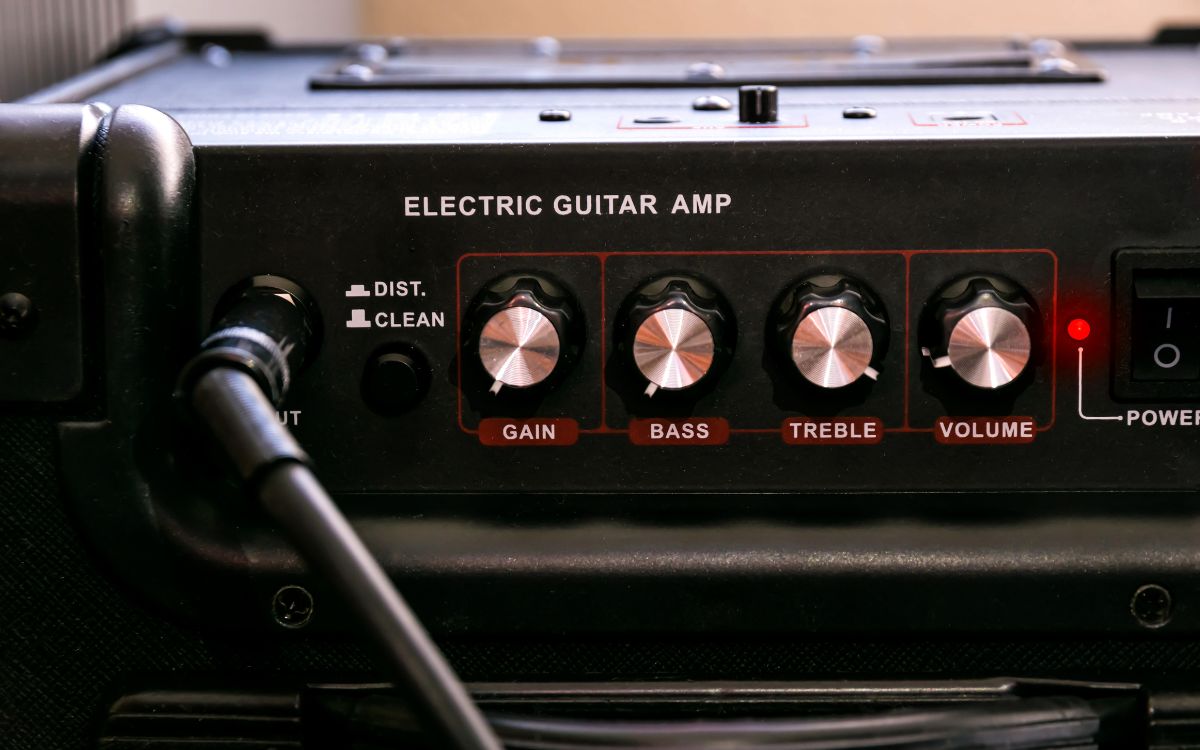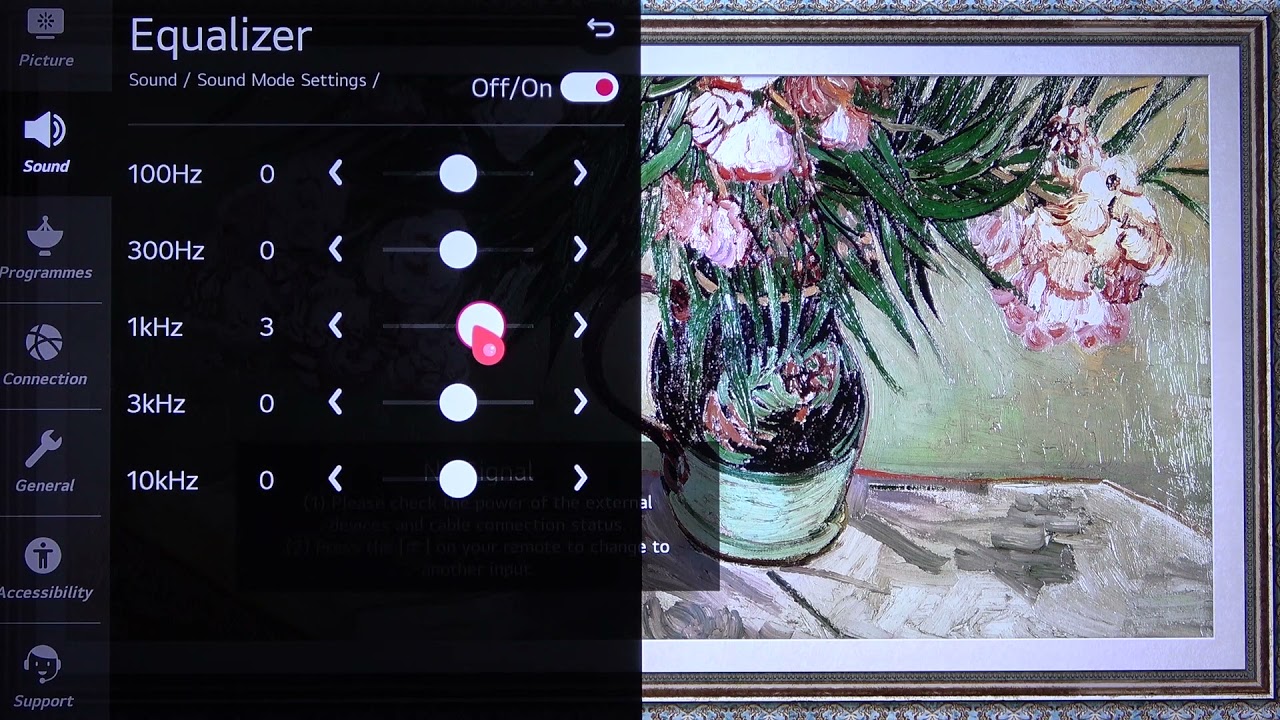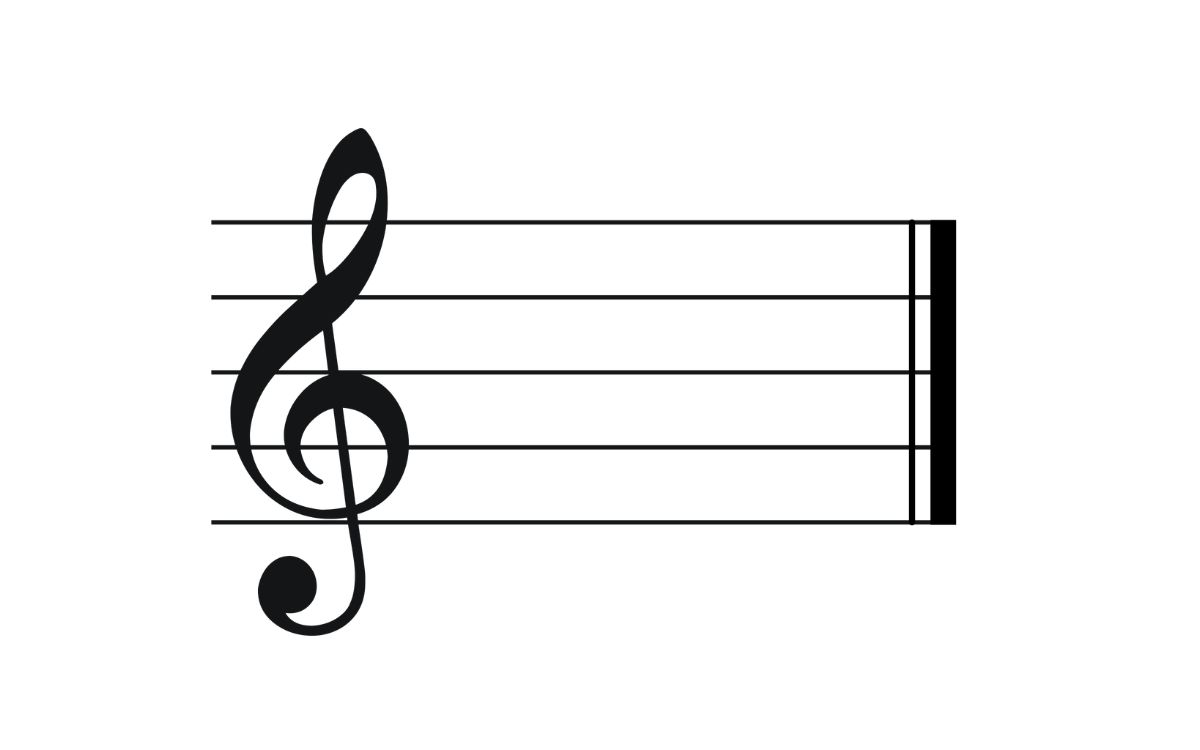Home>Production & Technology>Treble>What Does Adjusting Treble Do


Treble
What Does Adjusting Treble Do
Published: November 26, 2023
Discover the impact of adjusting treble on your audio experience. Learn how changing treble settings can enhance clarity and add brightness to your favorite tunes.
(Many of the links in this article redirect to a specific reviewed product. Your purchase of these products through affiliate links helps to generate commission for AudioLover.com, at no extra cost. Learn more)
Table of Contents
Introduction
Welcome to the world of audio and sound, where every knob and slider on your music player or audio system serves a specific purpose. One such control that you may have come across is the treble adjustment. But what exactly does adjusting the treble do?
The treble, often referred to as the high frequencies, encompasses the sounds with higher pitch and is responsible for adding clarity and brightness to your audio. Whether you are listening to your favorite song, watching a movie, or setting up your audio system for a live performance, understanding how to adjust the treble can greatly enhance your listening experience.
In this article, we will delve into the world of treble adjustment, exploring its purpose, its impact on sound quality, and providing you with some valuable tips on how to optimize this control. So, if you’re ready to take your audio experience to the next level, let’s dive in and unravel the mystery of adjusting treble!
Overview of Treble Adjustment
Before we discuss the details of adjusting treble, it’s important to understand what this control actually does. Treble adjustment allows you to alter the level of high frequencies in your audio, giving you the ability to emphasize or reduce the brightness and clarity of the sound.
Most audio systems provide a dedicated treble control knob or slider that allows you to increase or decrease the intensity of the high-frequency range. By adjusting the treble, you can fine-tune the audio according to your preferences or the demands of the music or content you are listening to.
The treble adjustment typically covers a frequency range from around 2,000 Hz to 20,000 Hz. This range includes the upper end of human hearing and focuses on the presence of vocals, instruments like cymbals, and other high-pitched sounds. By manipulating the treble control, you can shape the sound to suit your desired tonal balance.
The treble adjustment works in conjunction with other audio controls, such as bass adjustment and midrange adjustment, to provide a well-balanced and customized sound experience. Understanding how to properly adjust the treble will help you optimize the audio output and bring out the best in your music or content.
Understanding the Treble Frequency Range
When it comes to understanding the treble frequency range, it’s crucial to grasp the concept of frequencies and how they relate to the perception of sound. The frequency of a sound wave determines its pitch, with higher frequencies corresponding to higher pitches.
The treble frequency range typically spans from around 2,000 Hz to 20,000 Hz. This range covers the upper end of human hearing, as the average human can hear sounds within a range of 20 Hz to 20,000 Hz.
Within the treble frequency range, you will find a variety of sound components that contribute to the overall sonic experience. These include vocals, instruments like cymbals, bells, and higher-register strings, as well as ambient sounds and atmospheric effects. The treble range is responsible for adding sparkle, clarity, and detail to the audio.
It’s important to note that the perception of treble varies from person to person, as individual hearing capabilities can differ. Some people may have more sensitivity to treble frequencies, while others may struggle to hear them clearly. It’s always a good idea to adjust the treble to find a balance that suits your personal preferences and ensures an enjoyable listening experience.
Understanding the treble frequency range aids in making informed decisions when adjusting the treble control. It allows you to pinpoint the specific frequencies that you want to accentuate or reduce, based on the characteristics of the audio content and your personal preferences.
Effects of Adjusting Treble
Adjusting the treble control can have a profound impact on the overall sound quality and tonal balance of your audio. Here are some of the key effects you can expect when adjusting the treble:
- Clarity and Detail: Increasing the treble can enhance the clarity and detail in the audio, making individual instruments and vocals stand out. This is particularly useful when listening to music genres with intricate melodies or when you want to emphasize specific elements in a mix.
- Brightness: Boosting the treble adds a sense of brightness to the sound. It can make the audio feel more vibrant and energetic, especially when listening to genres like pop or electronic music.
- Pronunciation and Intelligibility: Adjusting the treble can improve the pronunciation and intelligibility of vocals and speech. This can be beneficial when watching movies or TV shows, as it helps to ensure that dialogue is clear and easily understandable.
- Fatigue: Overemphasis on treble can lead to listener fatigue, causing the sound to become harsh and tiring over extended periods. It’s important to find a balance where the treble is present enough to add sparkle but not overpowering to the point of discomfort.
- Masking: Excessive treble levels can mask or overshadow other frequency ranges, such as the bass or midrange. It’s crucial to ensure that the treble adjustment does not negatively impact the overall tonal balance of the audio.
It’s important to note that the specific effects of adjusting treble can vary depending on the audio equipment you are using, the quality of the audio source, and your personal preferences. Experimenting with different treble settings will help you find the sweet spot that enhances your listening pleasure.
Tips for Adjusting Treble
Adjusting the treble control requires a combination of technical knowledge and personal preference. Here are some valuable tips to help you optimize your treble adjustment:
- Start with a Neutral Setting: When adjusting the treble, begin with a neutral or centered position to establish a baseline. This allows you to hear the original sound before making any adjustments.
- Consider the Audio Source: Different audio sources may require different treble adjustments. For example, music with a lot of high-frequency instruments may benefit from a slight treble boost, while dialogue-heavy content may require a more balanced treble setting.
- Listen at Different Volumes: It’s important to listen to your audio at different volume levels when adjusting the treble. Higher volumes can accentuate the treble frequencies, so finding the right balance at different listening levels ensures a consistent sound experience.
- Make Incremental Adjustments: Gradually adjust the treble in small increments to avoid drastic changes that could negatively impact the overall sound quality. Listen carefully after each adjustment to hear the subtle changes and make further adjustments as needed.
- Consider Room Acoustics: The acoustics of your listening space can have a significant impact on how the treble is perceived. Experiment with the treble adjustment to compensate for any excessive reflections or resonances in your room.
- Trust Your Ears: Ultimately, your ears are the best judge of what sounds good to you. While technical guidelines and recommendations are helpful, trust your own perception and adjust the treble to your personal preference.
Remember, the goal is to achieve a balanced and enjoyable listening experience. Take the time to experiment with different treble settings and find the sweet spot that brings out the best in your audio.
Conclusion
Adjusting the treble control is an essential tool for tailoring the sound to your liking and optimizing your audio experience. By understanding the treble frequency range and its effects, you can effectively manipulate the treble control to enhance clarity, detail, and overall tonal balance.
Throughout this article, we’ve explored the purpose of adjusting treble, delved into the treble frequency range, discussed the effects of treble adjustment, and provided valuable tips for optimizing your treble setting.
Remember to start with a neutral setting, consider the audio source, and make incremental adjustments while considering room acoustics. Listening at different volumes and trusting your ears are crucial steps in finding the ideal treble setting that suits your preferences and creates an immersive audio experience.
Whether you are listening to music, watching movies, or using audio equipment for live performances, adjusting the treble allows you to customize the sound to your liking and bring out the best in your audio content.
So, go ahead and experiment with your treble control, fine-tuning it to create a listening experience that truly resonates with you. Enjoy the clarity, detail, and brightness that adjusting treble can bring to your favorite music and multimedia.
Embrace the power of treble adjustment and start enhancing your audio journey today!











